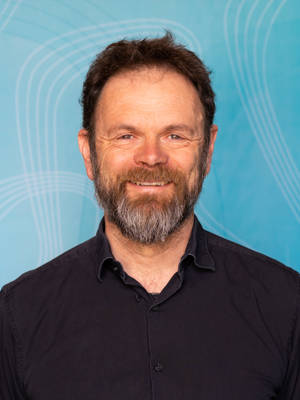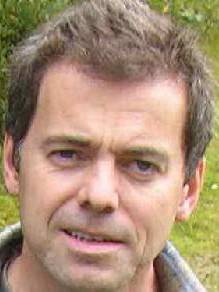This project is part of a larger larger European Collaborative Research Programme (ECRP)on 'Disaggregating Civil Wars', with partners at the Center for International Studies at ETH Zurichand the Department of Governmentat the University of Essex. The overall project, informally labeled GROW-Net (Geographic Representations of War Network), is lead by Prof. Lars-Erik Cederman, ETH Zurich, and the project's main web pageis hosted by ETHZ.
Project Description
The Norwegian node of the ECRP is a joint project between CSCW and NTNU. It studies the strategic use of violence for political goals with an emphasis on developing and employing disaggregated geographical data. Previous research on civil war has focused on the opportunities for organizing violent rebellion, and researchers such as Collier & Hoeffler and Fearon & Laitin have claimed that motivations are less important if opportunities are not present. Although this scholarship partly theorizes at the level of individual rebel groups, its empirical analyses are conducted at the country level.
This project addresses this shortcoming by disaggregating the nation-state and analyzing the political strategies of groups within countries, including the identifying conditions under which armed rebellion is perceived as a useful strategy. The project also examines how cross-border linkages such as bases in neighbouring countries and spillovers through refugee flows affect whether strategies include violence
The contribution is organized as three tasks. The first concentrates on how rebel groups organize, with a particular emphasis on geography. The second investigates the whys of using violence for political goals, emphasizing under what conditions and where this strategy is likely to be chosen. The third task focuses on the spillover effects of these issues through the displacement of populations.
To achieve a better match between theories on the sub-national level and empirical research on the nation-state level, the empirical component will employ newly gathered geographically disaggregated conflict data (ACLED). Larger conflict zones are represented as polygons or grids on digital maps, and specific battles and military headquarters are coded with accurate point coordinates.
The project runs from 1 August 2007 to 31 July 2010.














